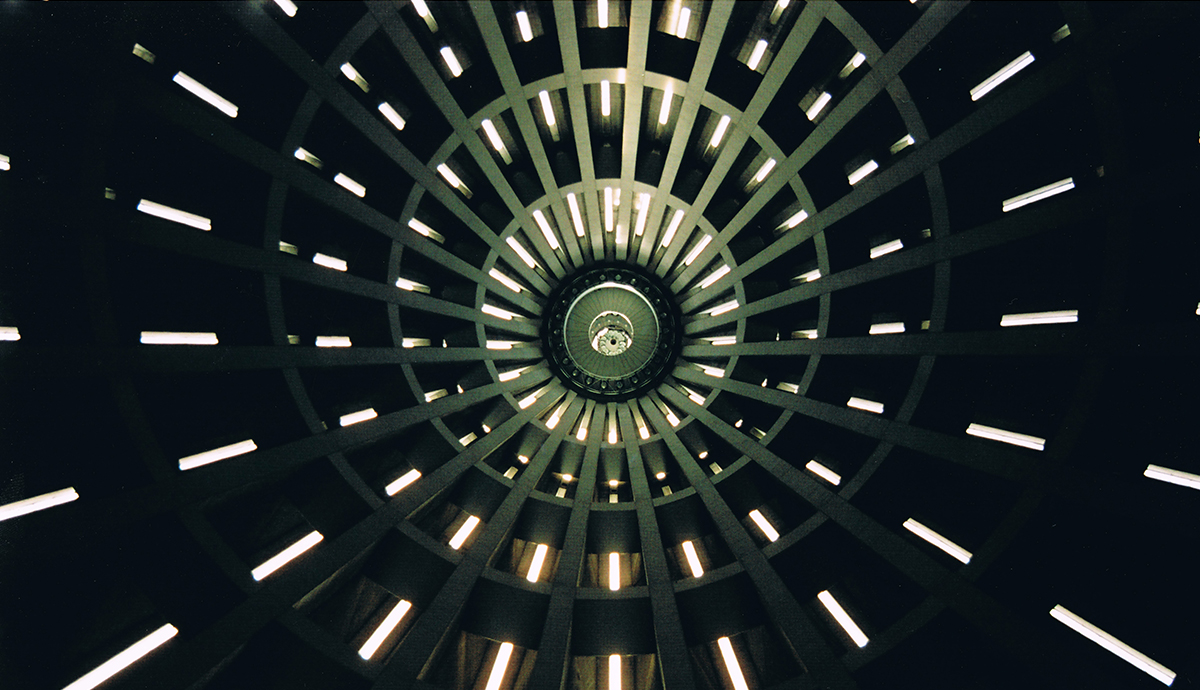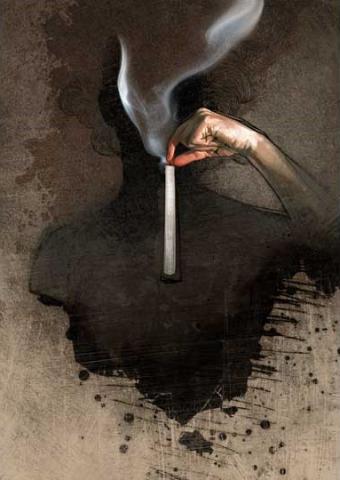An epidemic of deaths hit our family over the five years beginning in 2010. I lost three brothers, a niece, an aunt, two grand-nieces, and a grand-nephew. The youngest to die was one month old, and the oldest had just passed his fifty-sixth birthday. The door to my writing life cracked open to let death in as I tried to make sense of each new loss. Some of that writing became elegies published in the Summer 2015 issue of Mezzo Cammin.
So why does death, or the fear of it, move us to make art? Answers to this question abound: death reminds us that all is transitory; art gives us the illusion of permanence. Our loved ones deserve memorials, whether in the form of a tomb or a poem. We hope to achieve immortality for ourselves by creating artifacts lasting beyond our own deaths. For me, it’s about preservation: the poems are my talismans against forgetting a soul, a shoulder blade under a sweater, a bruise, my own fear and helplessness, a cotton boll bouquet.
In late 2014, while the deaths were still coming, our family gathered together for a baby shower, which was, perhaps, an even more hopeful event than baby showers generally are. The soon-to-be mother, who’d already lost an infant to congenital heart disease, asked people to write poems or songs on “Hope,” which was the name she’d chosen for her daughter.
Soon after the baby shower, my brother James, homeless and living on the street, was beaten senseless in a vicious assault. But, he survived, and my wish to preserve him and the memory of the baby shower resulted in “Near-Elegy for Brother James.”
I’m often tempted to turn from painful memories. Writing allows me to acknowledge my fears and still choose memory over forgetting.
Illustration by Matt Manley. Matt has been working as a freelance illustrator for over twenty years. His illustration is primarily figurative and symbolic with surrealist leanings, and past client work includes editorial, corporate, medical, book, and higher education. Though in the end his work is technically digital collage, the process integrates both traditional and digital media. Collage elements are original oil paintings and drawings, with occasional scanned found objects and photos added to the mix, all united in Photoshop.




